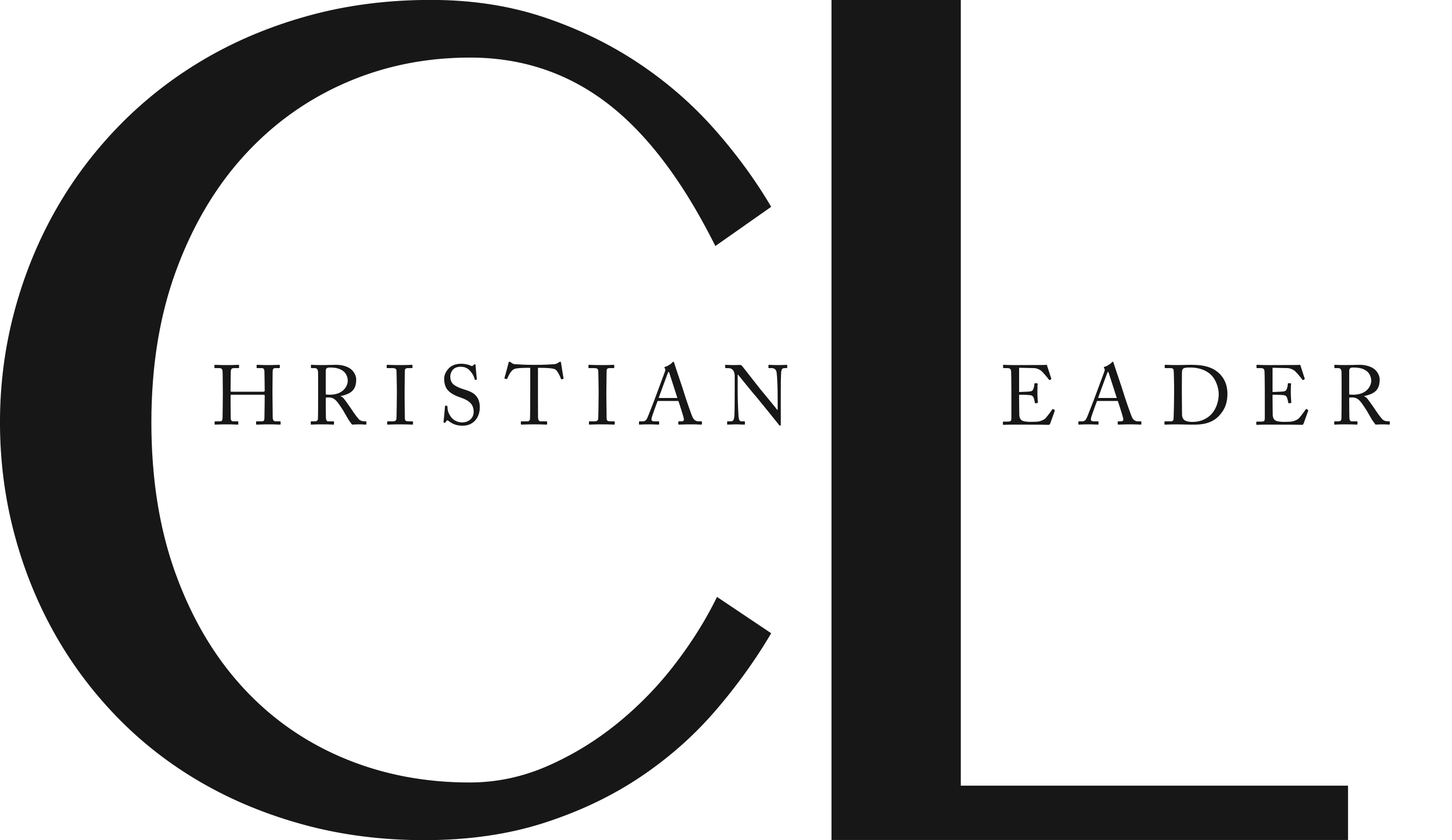A Canadian joins a Khmu service in the U.S.
By David Wiebe
“Can I help you? Who are you?”
The song leader interrupted the flow of the worship service to address me! I was quietly standing in the back, observing.
I had already preached at the English service and enjoyed the coffee hour at Butler MB Church, Fresno, Calif. I then dropped in on the Khmu congregation that worships in the family center later. Hearing their service start, I thought I’d go in for a few minutes, then leave. But suddenly I was singled out!
I started to answer, but he called me forward. I greeted the congregation from the international community of our Mennonite Brethren family (ICOMB), shared a verse of Scripture and said I knew Phone Keo, their original pastor now living in Southeast Asia. This was a great point of connection.
I prayed for the congregation and everyone came to the front so we could take a picture (above).
A family of believers
It was a beautiful moment of fraternity – not only as believers in Christ, but within a family that has history and a common Confession of Faith.
I have visited many other churches of other denominations. First, I would not get asked to identify myself. But even if I would, it would be simply a name and the assumption I might be a fellow Christian. And it would make no sense to try to make connections via names of leaders I know.
Yet we as Mennonite Brethren in North America do not seem to cherish our family identity the way other Mennonite Brethren do in other parts of the world. In fact, I sense Mennonite Brethren are embarrassed to self-identify. In countless conversations, I hear the same lines, almost like a script: “I belong to “X” MB church. But the important thing is we believe in Jesus.” Why do we add that caveat? The uninitiated listener might conclude that Mennonite Brethren are shaky about the centrality of Jesus!
César García, now Mennonite World Conference general secretary, told me about something odd that occurred when he was a Mennonite Brethren pastor and leader in the Colombia MB Conference. A missionary from Canada had planted a church in Bogotá. At some point in its maturity, the missionary posed a challenge: “Now you need to consider what denomination you want to be part of.”
This idea completely flummoxed the church and the Colombia conference. The missionary was Mennonite Brethren. From the beginning formation of the church, they associated with other MB congregations. The idea of belonging to something different wasn’t ever on their radar. Yet, by introducing this option, the missionary seemed to suggest that community and confessional history meant virtually nothing.
Re-embrace our identity
Over the last four decades, we North Americans have hidden our Mennonite Brethren identity from church names and signs. I appreciate the reasons: both words in the name can be a barrier to the unfamiliar in some unique ways. One MB church secretary who had been a member – and on staff – for years told me matter-of-factly, “I’ll never be a Mennonite.” I didn’t want to burst her bubble, so said nothing, but it was pretty obvious what she already was – she just didn’t want to admit it.
The International Community Of Mennonite Brethren (or ICOMB) can help the North American MB church re-embrace our identity. A Canadian pastor who visited the ICOMB annual summit this year as an observer enthusiastically exclaimed, “I have found my home!” The gathered international MB leaders helped him redefine the Mennonite Brethren family with all our best characteristic elements: centred on Christ, empowered by the Holy Spirit, committed to our Confession, living out community – even a “community hermeneutic” – while we grapple with spiritual vitality and church discipline as we seek to reach our world.
We don’t have to sacrifice or shun our identity in order to be on mission. In fact, I believe we are stronger if we bring both together under the lordship of Christ.
Next time you have that conversation about what church you go to, I dare you to say “I’m Mennonite Brethren…AND…we are a church on mission for Jesus Christ.”
—David Wiebe is a fan of The Hitchhiker’s Guide to the Galaxy and podcasts on church history (57 hours and counting). After two decades of working for the Canadian Conference of MB Churches, he has served the International Community of Mennonite Brethren as executive director since 2011.
Did You Know 

- The Canadian MB Conference started when a missionary came from the U.S. to plant a church near Winkler, Man., in 1888. And the India MB Conference started when a missionary came from South Russia (Ukraine) to plant a church in Nalgonda, Andhra Pradesh, in 1889. This means the India and Canadian MB conferences are almost identical in age.
- The first treasurer for ICOMB was Rolando Mireles, moderator of the US MB conference who hailed from the Latin American MB District Conference. USMB boasts close to 50 Hispanic churches in its fellowship.
- The North American conference once included Vereinigung der Mennoniten Brüder Gemeinden Paraguays (the Paraguay MB conference).
PHOTO courtesy of David Wiebe, pictured with the Khmu congregation at Butler MB Church in Fresno, Calif.


This article is part of the CL Archives. Articles published between August 2017 and July 2008 were posted on a previous website and are archived here for your convenience. We have also posted occasional articles published prior to 2008 as part of the archive. To report a problem with the archived article, please contact the CL editor at editor@usmb.org.


















